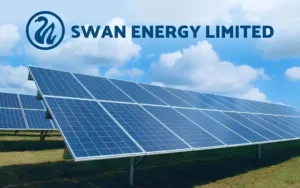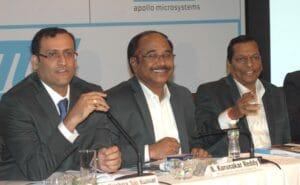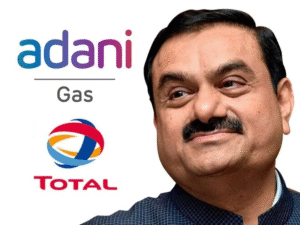1. At a Glance
Freshly IPO-minted in June 2025, Prostarm is the kid in the electrical equipment playground who shows up with his own batteries, UPS, solar panels, and a dream to conquer Bangladesh next. Revenue grew 35% in FY25, ROE is hotter than a Mumbai transformer in May at 30%, and the company somehow convinced the market it deserves a39.7x PE— basically saying“trust me bro”to investors.
2. Introduction
Let’s be clear — Prostarm didn’t start as a born-and-raised manufacturer. Back in 2008, it was just reselling other people’s UPS systems and batteries like your friendly neighbourhood electronics shop with slightly better margins.
Fast forward to 2018 — they went fullSwadeshiand decided to make their own stuff: UPS systems, inverters, lift inverters, lithium-ion battery packs, voltage stabilisers, transformers — basically everything your apartment society electrician can misinstall.
Then they smelled the green energy hype and jumped into rooftop solar EPC. Three manufacturing plants later, they’re still operating at23% to 66% utilisation, meaning two-thirds of the machines spend their time gossiping.
The IPO dropped ₹168 Cr into their pockets — officially for working capital, debt repayment, andinorganic growth, which is corporate for “we’ll figure it out later.”
3. Business Model (WTF Do They Even Do?)
Four main buckets:
- Manufactured Power Solution Products (55.93% of revenue)– UPS systems, inverters, transformers, lithium battery packs. Some made in-house, some contract-manufactured.
- Third-Party Products & Reverse Logistics (30.37%)– Trading in batteries/components + buying back old junk for resale/disposal. Reverse logistics = making money off your customers twice.
- Solar EPC (9.18%)– Design, supply, install, maintain rooftop solar systems.
- Value-Added Services (4.51%)– Installation, AMC contracts, rentals. Basically making sure customers keep paying you after the first sale.
Geographic sales? North India leads (36.41%), followed by West (24.84%) and South (19.26%). East India still wonders if voltage stabilisers are edible.
4. Financials Overview
Quarterly Comparison (₹ Cr) – Jun 2025 vs Mar 2025 vs Jun 2024
| Metric | Jun 2025 | Jun 2024 | Mar 2025 | YoY % | QoQ % |
|---|---|---|---|---|---|
| Revenue | 50.98 | 37.75* | 77.97 | 35.1%* | -34.6% |
| EBITDA | 3.42 | 5.29* | 11.16 | -35.3%* | -69.3% |
| PAT | 1.56 | 2.29* | 6.84 | -31.9%* | -77.2% |
| EPS (₹) | 0.26 | 0.39* | 1.60 | -33.3%* | -83.8% |
*Jun 2024 approximated from FY growth data.Annualised EPS (Jun 2025) = ₹0.26 × 4 = ₹1.04 → P/E on CMP ₹206 =198x. Yes, Q1’s performance makes the PE look like a SaaS stock.
Commentary:Q1FY26 was like Monday mornings — slow, uninspired, and leaving you questioning life choices. Revenue fell 35% QoQ, margins shrank, PAT dropped 77%. Either seasonality hit, or someone forgot to plug the UPS in.
5. Valuation (Fair Value RANGE only)
- P/E Method:FY25 EPS ₹7.12 × industry range PE (30–40) → ₹213.6 – ₹284.8
- EV/EBITDA Method:FY25 EBITDA ₹47 Cr; EV ₹1,277 Cr → EV/EBITDA 27. FV if industry EV/EBITDA normalises to 20 → EV ₹940 Cr → Equity Value ≈ ₹875 Cr → ₹148/share.
- DCF Method:Assuming 20% growth for 5 years, terminal growth 4%, discount rate 12% → ~₹180/share.
Fair Value Range:₹148 – ₹285This FV range is for educational purposes only and is not investment advice.
6. What’s Cooking – News, Triggers, Drama
- IPO Funds:₹168 Cr raised; ₹144.94 Cr already utilised




















